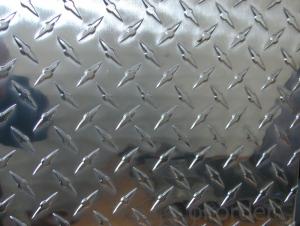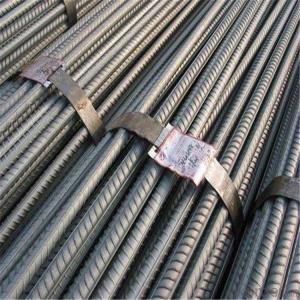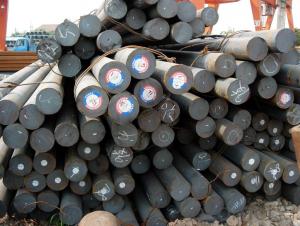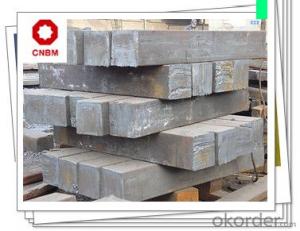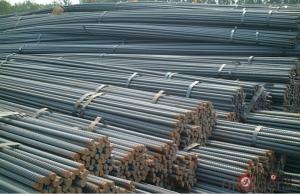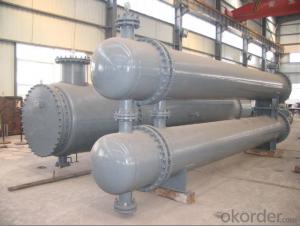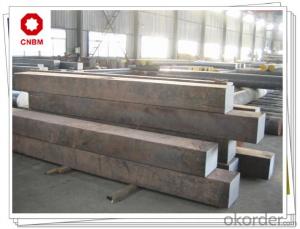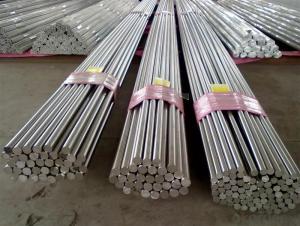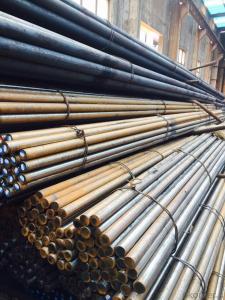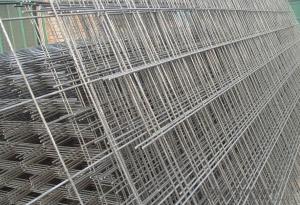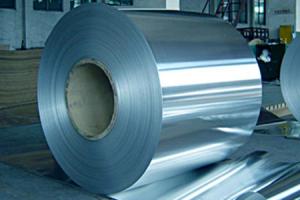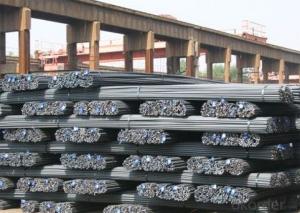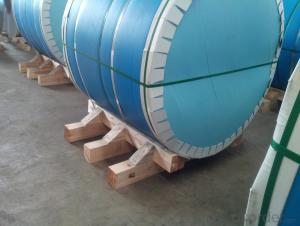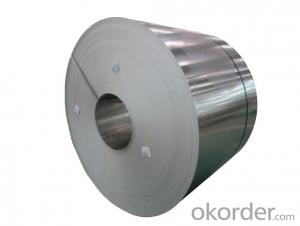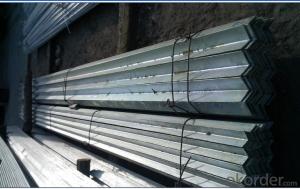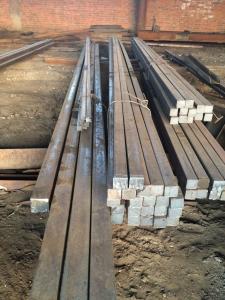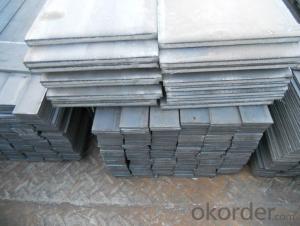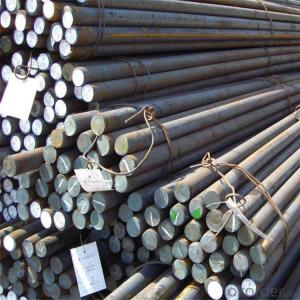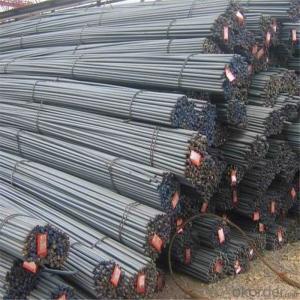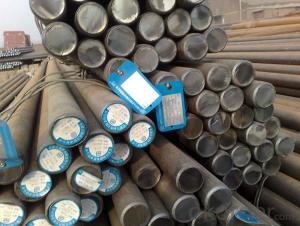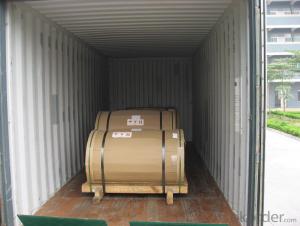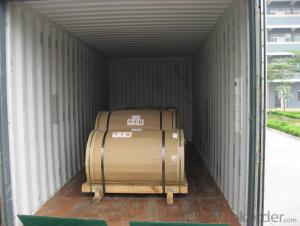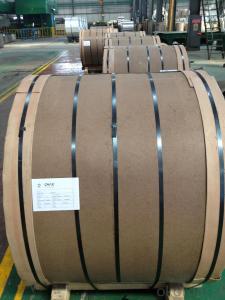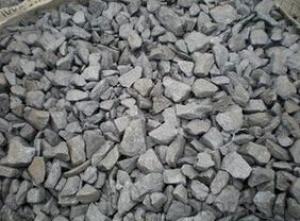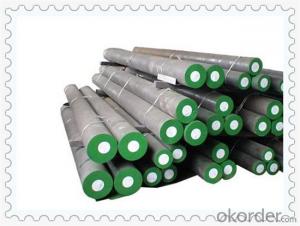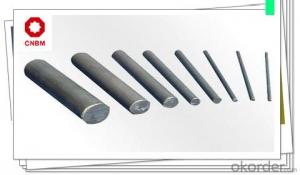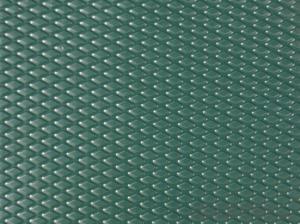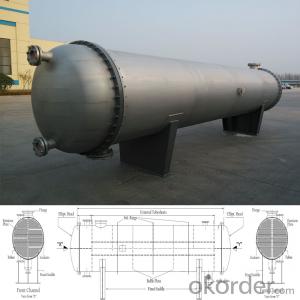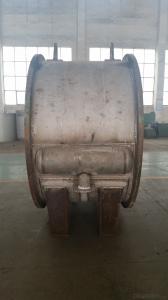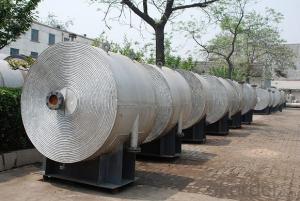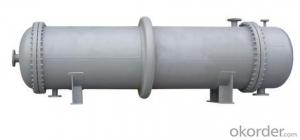Re Bars
Re Bars Related Searches
Big Roll Of Aluminum Foil Transparent Roofing Sheets In Sri Lanka Pre-Cut Aluminum Foil Sheets Large Aluminum Foil Sheets Diamond Plate Aluminum Sheets Aluminum Tread Plate Sheets Aluminum Foil Pop Up Sheets Thick Aluminum Foil Sheets Aluminum Foil Wrap Sheets Bj's Aluminum Foil SheetsHot Searches
Wholesale Aluminum Diamond Plate Aluminum Diamond Plate Prices Aluminum Diamond Plate Suppliers Diamond Plate Aluminum Near Me Aluminum Diamond Plate Near Me Aluminum Diamond Plate Nearby Diamond Plate Aluminum Lowe's Aluminum Diamond Plate For Sale China Black Aluminum Coil Aluminum Corp Of China Stock China Aluminum Coil Aluminum Sheet Coil Price Price Of Aluminum Stock Aluminum Copper Coil Scrap Price Aluminum Ac Coil Scrap Price Aluminum Coil Price Per Pound Aluminum Coil Price 1 4 Aluminum Diamond Plate Price Cost Of Heated Floors In Bathroom 4x8 Aluminum Diamond Plate PriceRe Bars Supplier & Manufacturer from China
Okorder.com is a professional Re Bars supplier & manufacturer, offers integrated one-stop services including real-time quoting and online cargo tracking. We are funded by CNBM Group, a Fortune 500 enterprise and the largest Re Bars firm in China.Hot Products
FAQ
- Heat Exchanger Problem
- NO it's not possible in a HE system. However if you employ a chiller system than it's possible. Here Log Mean Temperature Difference (LMTD) comes into picture.
- My 100 foot well went 'dry' {silted, I believe}. I has at least a 50ft column of water in it. Can I use it to draw geothermal heat to warn the air I will use in a heat exchanger to bring fresh air into my house and to help mitigate Radon {a little] in my basement? My idea is to take water out and run it throgh a heat exchanger then dump it right back in the 'well' to be reheated by geothermal heating. as a supplemental heating source can it work/
- You need TWO wells for Geo heating not one. You draw from one and discharge to other and they need to be at least 100 feet apart and the source is always lesser depth than the discharge well. You need at least a 4 inch well wherein you can install a suitable pump inside the well. The well must be capable of sufficient capacity to satisfy the heating requirements. Here is how to calculate that for the available heat from a well . Heat(in BTU)=# water x 10 and water weighs 7.5 gallons per gallon. The 10 is if you can drop the temp of water 10 degrees in your heat exchanger. That is a common design parameter (50 in - 40 out) since 50 is the temp of ground water and 40 is the water temp after extracting heat. The basic definition of a BTU is the amount of heat necessary to raise one # of water ONE degree F. So you can do a rough calculation yourself to determine just how much water you need to pump from the source well in gallons per hour based on your average demand for heat in the house in BTU per hour. .
- I have a 1993 Fraser-Johnson (York) single stage gas furnace. The heat exchanger was replaced in 2008-still under warranty! Very few problems since it was originally installed as I get it inspected yearly. Is it too old to be energy efficient? I need to plan for the expenditure when I do need a new one.
- Now is actually a good time to replace your HVAC. Here's why. 1) Congress included in one of the recent stimulus packages a 30% Federal Tax Credit of up to $1500 for replacing your old furnace / AC with new energy efficient models. The Furnace has to have an AFUE of at least 95 and the AC has to have a SEER of 16 and and EER of 13. (Ask your local contractor for the explanation of the Acronyms). 2) Your local Utility usually has rebates for putting in high efficiency furnaces. Check there web site or ask your local contractor. 3) York is having specials right now with Manufacturer rebates for high efficiency equipment purchased. When you get quotes, get at least 3 ( they will be free) and check up on the contractors with the BBB and the State Licensing Board. There are a lot of bad contractors out there and a few of us good ones. Don't necessarily go with the lowest quote, they might be cutting corners to get the job.
- I'm trying to get started on this problem but it looks like I don't have enough information to start it. I'll rewrite it:High pressure 20 degree Celsius water (no boiling) flows at 2 kg/s in a smooth 12 mm diameter pipe with pressurized super heated steam condensing on the outside in a heat exchanger. The steam maintains the pipe wall temperature at 140 degrees Celsius and the water flow is fully developed before entering the heat exchanger section that is 10 meters long. Determine Nu, h, exit temperature and total heat rate q in the heat exchanger. Assume water properties to be k = .613 W/m*K, cp = 4.179 kj/kg*K, u = 855x10^-6 kg/m*s, and Pr = 5.83.The water properties don't lead to any one temperature, and obviously determining T exit is essential in getting the rest of the information. I'm just unsure where exactly to start. I don't even have a value for density so I can't get velocity. Any hints would be appreciated.
- If you prefer the hard way, look up heat exchanger in your text. This is a simple case, since the temp outside is fixed. You can set up the integral and integrate to get the temp. Or, should be able to use same inlet and outlet temp to use standard heat exchanger calcs derived in your text. It all gets back to the log mean temperature difference. Good luck!
- the pressure is around 23 bar(g)
- I don't believe there is an overall heat transfer coefficient for hydrogen. That term is normally used for a situation where there is heat transfer that is made up of multiple types of heat transfer and usually through a given surface such as a wall, heat exchanger surface or similar situation. The reference is one of several that gives conductivity information.
- Ideas for experiments I could do in school that are related to keeping things hot or keeping things cool?
- Can you boil water in a baloon before it bursts? (Use a lighter to heat a mostly empty water balloon)
- Simply put, I don't need anyone explaining the legalities of catalytic converters. I have asked this question a couple of times and folks keep saying the same things about EPA and passing inspection etc etc... Also it is not for the engine on a car, it is on a truck mount carpet cleaner called a Legend and manufactured by Prochem. The catalytic converter is inside of a cylinder measuring roughly 2 feet long and around 10 inches in diameter. Inside is a coil of stainless steel tubing that heats up from the incoming exhaust diverted from a Kohler 2 cylinder gasoline engine's exhaust pipe. There is a mechanical 'flap' controlled by linkage hooked to a thermostat. This controls how hot the water will be for the water used to spray the floor, furniture etc. My ultimate question that no one is able to answer is simple. WILL the heat exchanger heat the coiled inner tubing with the water running through it ENOUGH to work, or is the catalytic converter needed? Please no legal eagles, Thanks
- Could it affect your mpg's...yes. It could take it from whatever you are getting now down to zero...permanently. The heat shield does exactly what the name implies. It shields everything around it from the intense heat of the catalytic converter. If it was the lower shield that was removed, this is of less concern unless you park on the grass or on something else that may catch fire and burn eventually catching the car on fire. If it was the upper shield that was removed, you run the risk of the residual heat from the cat heating up the floorboard and catching the carpet on fire. Heat wrapping the cat would be a good idea if you can't get the shield reinstalled.
- heat transfer by conduction's examples in chemical engineering industry?
- Chemical processes commonly use shell and tube heat exchangers, where a shell contains a relatively large number of tubes. One fluid flows inside the tubes, while the other fluid flows outside of the tubes. Heat flow through the tube walls is by conduction heat transfer. Chemical processes also commonly have hot or cold fluids flowing through insulated pipes. The heat transfer through the pipe wall and the insulation on the outside of the pipe wall is by conduction heat transfer.
